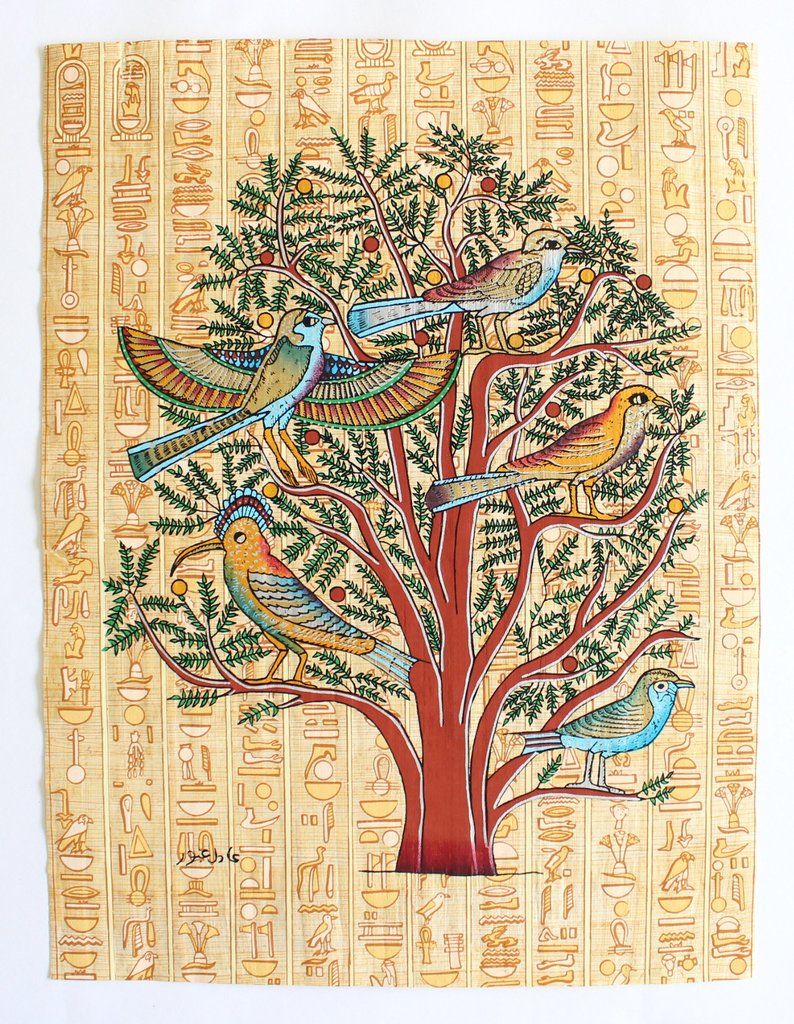The Egyptian Tree of Life: A Symbol of Eternal Growth and Wisdom
The Egyptian Tree of Life is a captivating and enigmatic symbol that has endured the test of time, providing us with a window into the rich culture and mythology of ancient Egypt. In this article, we’ll explore the significance of this timeless symbol and its role in the Egyptian civilization. So, let’s dive into the mystical world of the Egyptian Tree of Life!

The Origins of the Egyptian Tree of Life
The concept of a Tree of Life has appeared in various cultures and mythologies throughout history. In ancient Egypt, this sacred tree was known as the Isheru, and it represented the connection between the earthly realm and the divine. Here’s a brief overview of its origins:
- The Egyptian Tree of Life was believed to have grown from the primordial waters of Nun, the chaotic abyss that existed before the creation of the world.
- The gods and goddesses of ancient Egypt were thought to have emerged from the leaves of this sacred tree.
- The Tree of Life was often associated with the god Osiris, the lord of the underworld and the judge of the dead.
Symbolism and Meaning
The Egyptian Tree of Life carried deep symbolism, reflecting various aspects of life, death, and rebirth. Let’s delve into the different meanings attributed to this revered symbol:
Knowledge and Wisdom
Ancient Egyptians believed the Tree of Life symbolized divine knowledge and wisdom because they thought it held the secrets of the universe within its branches. Ancient Egyptians believed that by understanding the mysteries of the Tree of Life, they could attain enlightenment and spiritual growth.
Unity and Connection
The Egyptian Tree of Life also represented the interconnectedness of all living things. Ancient Egyptians saw the Tree of Life as a bridge between the earthly realm and the divine, linking humans, gods, and the forces of nature in a harmonious balance.
Rebirth and Regeneration
In Egyptian mythology, the Tree of Life played a pivotal role in the resurrection of the god Osiris. Ancient Egyptians viewed the tree as a symbol of life, death, and rebirth. They saw the tree as a source of eternal regeneration and renewal.
The Tree of Life in Egyptian Art
Ancient Egyptian art and architecture frequently featured depictions of the Tree of Life. Here are some examples:
- Tombs and temples: Ancient Egyptians often painted or carved the Tree of Life on the walls of tombs and temples, signifying the eternal life of the soul and its connection to the divine.
- Jewelry and amulets: The Tree of Life motif adorned many pieces of jewelry and amulets, symbolizing the wearer’s connection to the spiritual world and their pursuit of divine knowledge.
The Egyptian Tree of Life remains a potent symbol of knowledge, unity, and eternal life. The Tree of Life’s presence in ancient Egyptian culture shows the civilization’s deep respect for the natural world and its link to the divine. Today, the Tree of Life continues to fascinate and inspire us. It serves as a beautiful reminder of the wisdom and mysteries of the ancient world.
FAQs about Egyptian Tree of Life
Ancient Egypt: In Ancient Egypt, the tree of life’s branches represented the heavens and symbolized abundance. Alternatively, the roots reaching into the earth represented death.
This was a special teaching describing the secret wisdom about the universe’s nature, the soul’s nature, and a path to make a journey through different phases of spiritual evolution. The journey goes from mortal to immortal, from earth to heaven and beyond. The goal is to regain ones divine stature and transcendental place.
In the Tree Of Life, the birds represent the various stages of human life Infancy, childhood, youth, adulthood and maturity.
The date palms and acacia trees have been the native trees to Egypt and remained so. There is not much research on the transformation of various urban horticultural spaces in the nineteenth and twentieth centuries.
